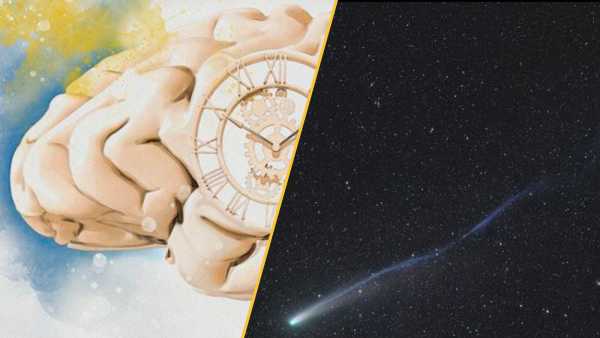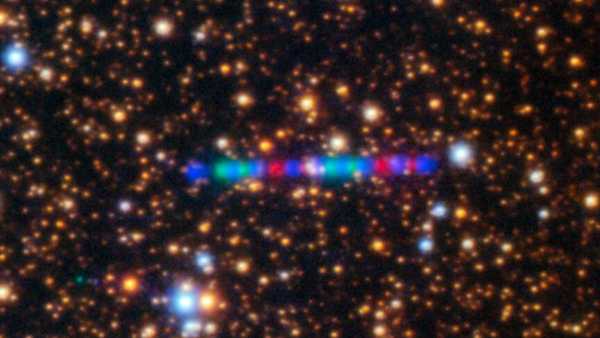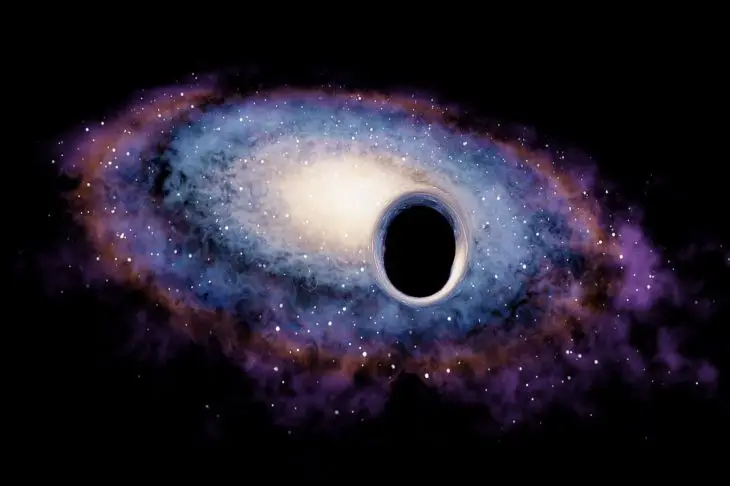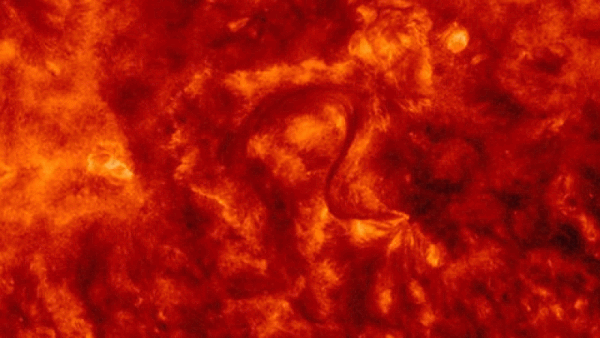
A spectacular S-shaped structure 10 times wider than Earth appeared on the surface of the Sun before a solar flare triggered a “dark” coronal mass ejection toward Earth. (Image credit: NASA/SDO)
A giant inverted “S” shape recently appeared dramatically at the center of the Sun, moments before our home star unleashed a huge stream of plasma that later slammed into Earth, temporarily disrupting our planet's magnetic field.
A bizarre S-shaped structure reminiscent of the iconic Superman symbol formed on September 4, less than an hour before an M-class solar flare spawned a giant cloud of magnetized plasma stretching up to 700,000 kilometers (430,000 miles) across, Spaceweather.com reports. The plasma plume, known as a coronal mass ejection (CME), appeared dark against the sun's surface because its plasma is significantly cooler than its surroundings, similar to how sunspots appear black.
The “dark eruption” slammed into Earth’s magnetic field, or magnetosphere, on Sunday (Sept. 7), temporarily disrupting its protective shield. The disturbance, known as a geomagnetic storm, occurred around the same time as a total “blood moon” lunar eclipse that was visible across much of the globe. However, according to Live Science sister site Space.com, the storm only reached G1 (minor) status, meaning it did not produce many visible auroras in the U.S. or at similar latitudes.
You may like
-
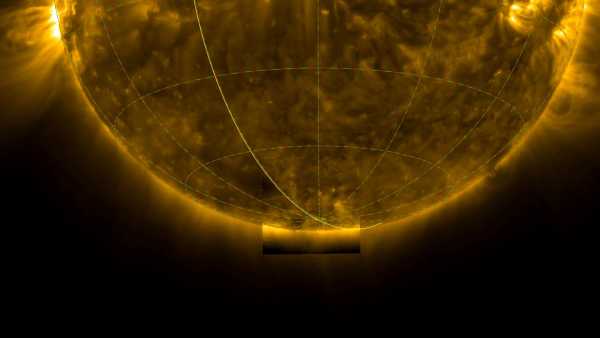
For the first time in history, people saw the lower part of the Sun (photo)
-
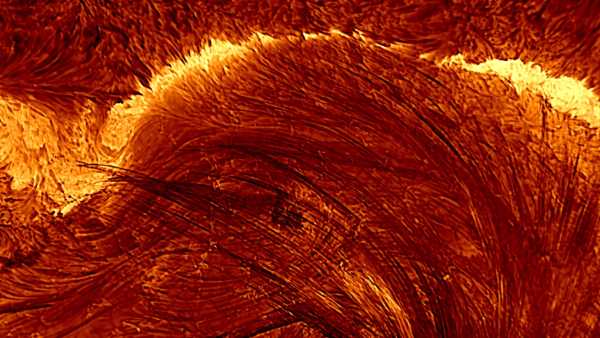
Scientists have released the most detailed photograph of a solar flare ever taken
-
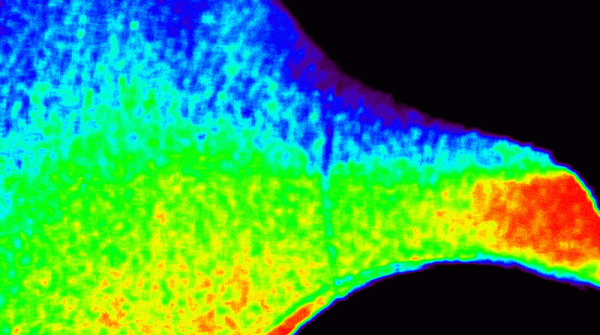
'Never seen before': First images from ISS's new solar telescope show subtle 'wobble' in the Sun's outer atmosphere
This rare type of solar flare is known as a “sigmoid eruption,” named after the Greek letter “sigma,” which is phonetically equivalent to the letter “S” in English. In this case, the “S” appeared just above the Sun’s equator, smack in the middle of the Earth-facing hemisphere, and was about 125,000 km across at its widest point — about 10 times the diameter of Earth.

The coronal mass ejection looked like a giant shadow when it burst out of the Sun and has since collided with Earth.
According to Spaceweather.com, sigmoidal eruptions occur when localized magnetic fields surrounding sunspots twist “like a spring” at each end of a bar running through their center, causing the entire structure to wriggle.
Spaceweather.com added that the spot's shape would almost certainly create a solar flare, as the magnetic field holding the spot together is more easily torn apart when its opposite ends come together, throwing plasma away from the Sun. “When you see an 'S' on the Sun, it usually means something is about to explode,” they wrote.
A similar structure was also seen shortly before a powerful X9.3 magnitude solar flare in September 2017, which at the time of the event was the most powerful solar explosion in nearly a decade, according to the 2024 study.
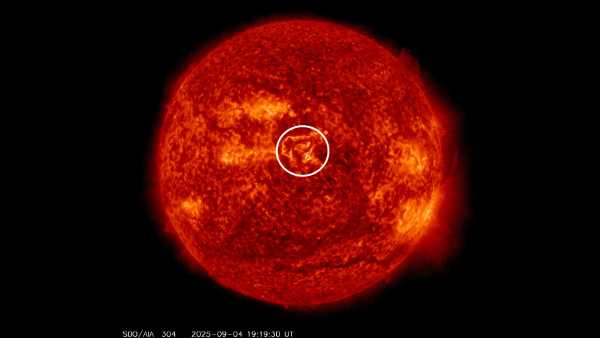
The S-shaped structure appeared almost exactly in the center of the Sun's hemisphere facing the Earth.
Researchers first noticed the explosive potential of sigmoid eruptions in the late 2000s. However, they are still trying to figure out what exactly causes them to take on this shape.
The classic explanation for the S-shape is that it occurs when two J-shaped structures — the most common shape that precedes solar flares — merge into one. However, a 2022 study found that it is more likely that one J-shaped structure transforms into an S-shape through a “slippage” in its associated magnetic field.
Increased solar activity
Solar activity has peaked in recent years due to solar maximum, the most active phase of the solar cycle, which is roughly 11 years, when the number and size of sunspots and solar storms increases dramatically.
This explosive peak was originally expected to be quite mild compared to recent solar maxima. However, initial predictions proved inaccurate, and the current maximum has arrived early and is much more active than expected.
RELATED STORIES
— Behold the Beast: A giant, animal-shaped plasma plume 13 times wider than Earth hovering above the Sun.
— A giant 'senior citizen' sunspot making its third orbit around the Sun could break a century-old record.
— An astrophotographer has taken a unique photo of a solar flare that captured the ISS.
Solar maximum may have ended. However, solar activity is expected to remain relatively high in the coming months due to the continued instability of our star's magnetic field.
There has been a small resurgence of space weather events in the past few weeks, including a giant “solar tornado” that raged across the sun's surface for several days in late August and a “cannibalistic” coronal mass ejection that brightened the auroras over several U.S. states on Labor Day (September 1).
TOPICS solar maximum

Harry BakerNavigate Social LinksSenior Staff Writer
Harry is a senior writer for Live Science based in the UK. Before becoming a journalist, he studied marine biology at the University of Exeter. He covers a wide range of topics, including space exploration, planetology, space weather, climate change, animal behaviour and palaeontology. His recent work on solar maximum won the 2024 Aerospace Media Awards in the Best Space Story category and was shortlisted for the 2023 NCTJ Awards for Excellence in the Breaking News category. He also writes Live Science’s weekly series Earth from Space.
You must verify your public display name before commenting.
Please log out and log back in. You will then be prompted to enter a display name.
Exit Read more
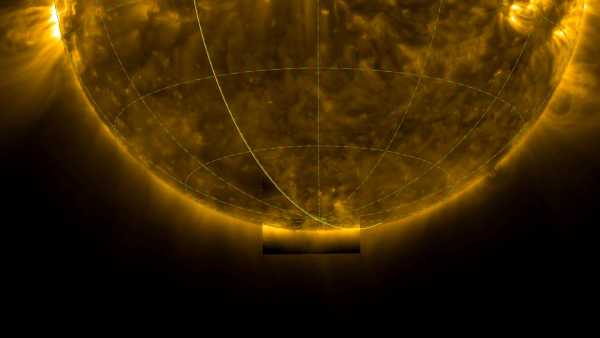
For the first time in history, people saw the lower part of the Sun (photo)

Scientists have released the most detailed photograph of a solar flare ever taken
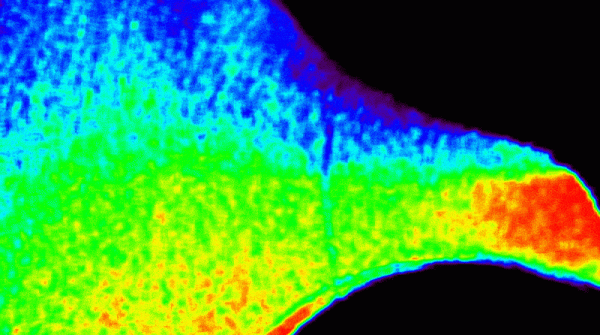
'Never seen before': First images from ISS's new solar telescope show subtle 'wobble' in the Sun's outer atmosphere
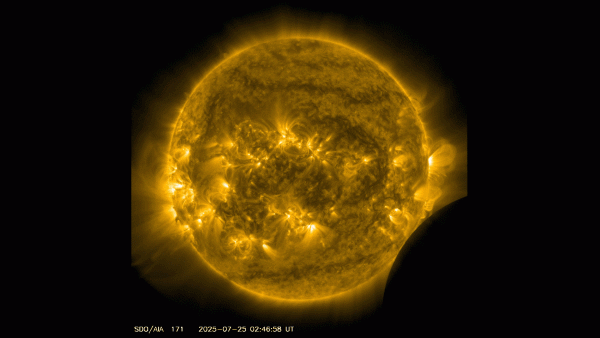
NASA spacecraft captured images of the Moon transit and Earth eclipse on the same day — see the photos
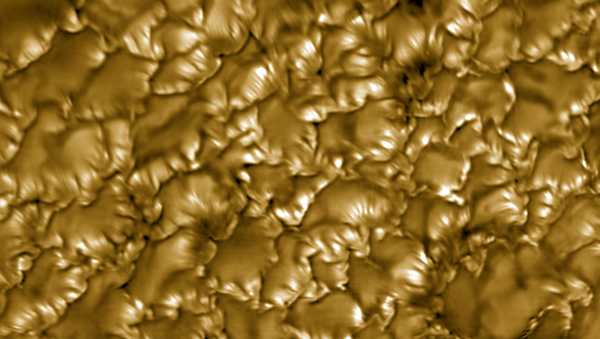
Powerful solar telescope discovers ultra-thin magnetic 'curtains' on the sun's surface
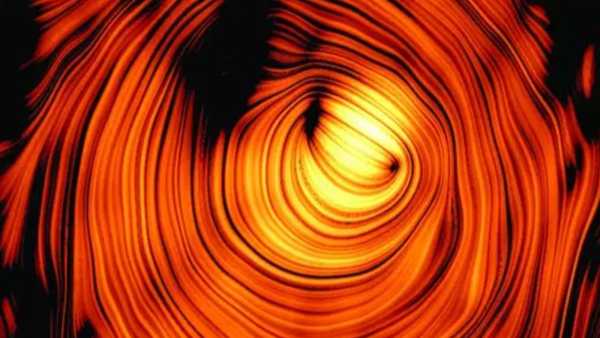
A giant cosmic 'Eye of Sauron' has been captured pointing straight at us in a stunning 15-year-old time-lapse image.
The Sun's Latest News
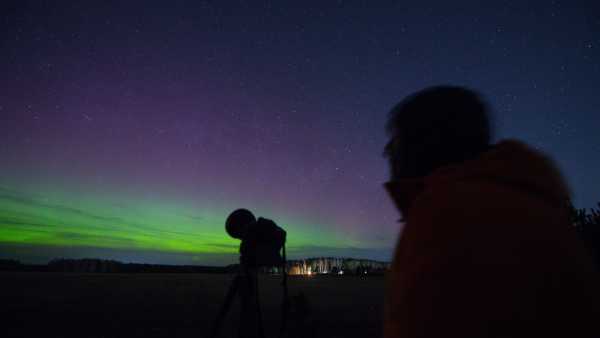
'Cannibal' Solar Storm Could Cause Auroras Over 18 US States This Labor Day
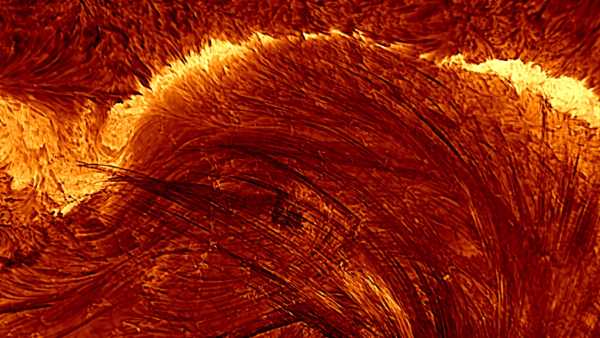
Scientists have released the most detailed photograph of a solar flare ever taken
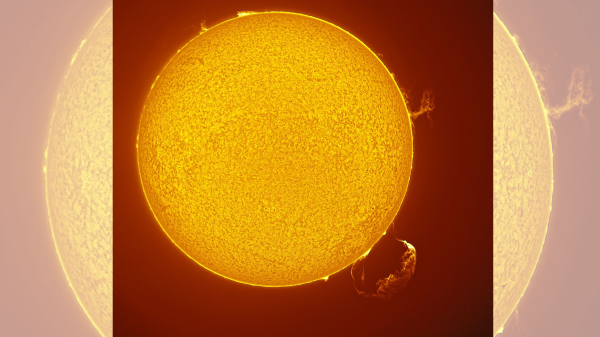
A solar tornado rages across the Sun, spewing out a giant plume of plasma.

NASA spacecraft captured images of the Moon transit and Earth eclipse on the same day — see the photos
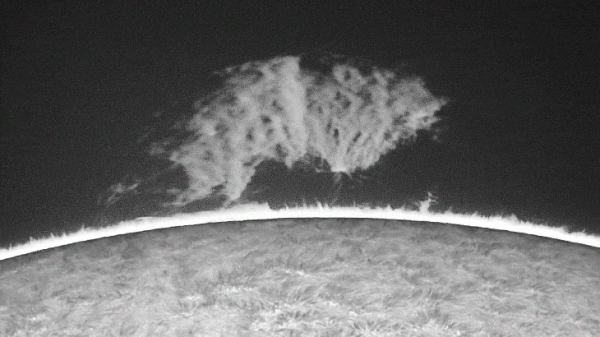
Behold the 'Beast': A giant animal-shaped plasma plume 13 times wider than Earth hangs above the Sun.
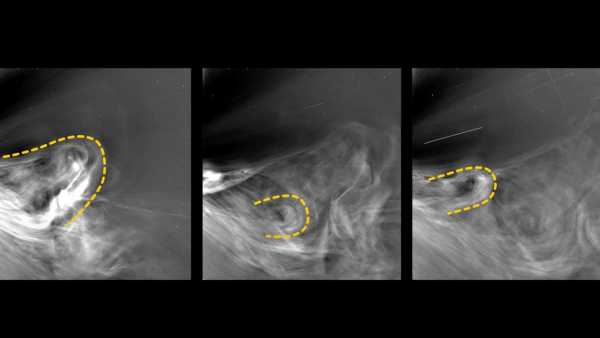
Parker Solar Probe Takes Record-Closing Photos of Sun During Record-Breaking Flight
Latest news
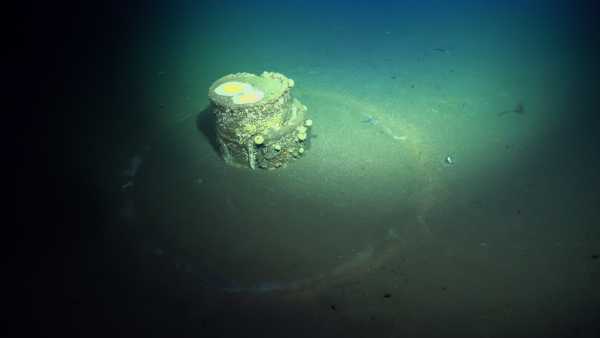
Scientists Finally Know What's Inside Mysterious 'Halo' Barrels Sunken Off Los Angeles Coast
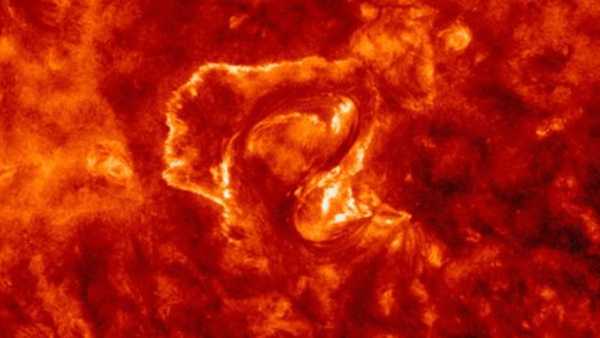
Giant 'S' shape spotted on Sun just before 'dark eruption' casts fiery shadow on Earth

Microsoft's new light computer is based on 80-year-old technology — it could make AI 100 times more efficient.

'Extraordinary' Roman Helmet from Decisive Battle Found in Sea Off Sicily
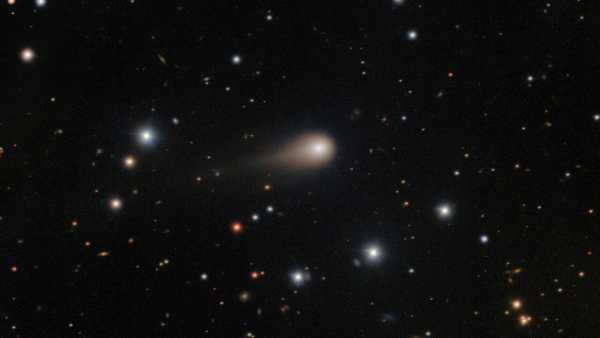
New photographs of comet 3I/ATLAS show its tail growing before our eyes.

Blood Moon Gallery: Stunning Photos from Yesterday's Total Lunar Eclipse
LATEST ARTICLES

1Scientists Finally Know What's Inside Mysterious 'Halo' Barrels Sunken Off Los Angeles Coast
Live Science is part of Future US Inc., an international media group and leading digital publisher. Visit our corporate website.
- About Us
- Contact Future experts
- Terms and Conditions
- Privacy Policy
- Cookie Policy
- Accessibility Statement
- Advertise with us
- Web Notifications
- Career
- Editorial Standards
- How to present history to us
© Future US, Inc. Full 7th Floor, 130 West 42nd Street, New York, NY 10036.
var dfp_config = { “site_platform”: “vanilla”, “keywords”: “type-news-daily,serversidehawk,videoarticle,van-enable-adviser-
Sourse: www.livescience.com


